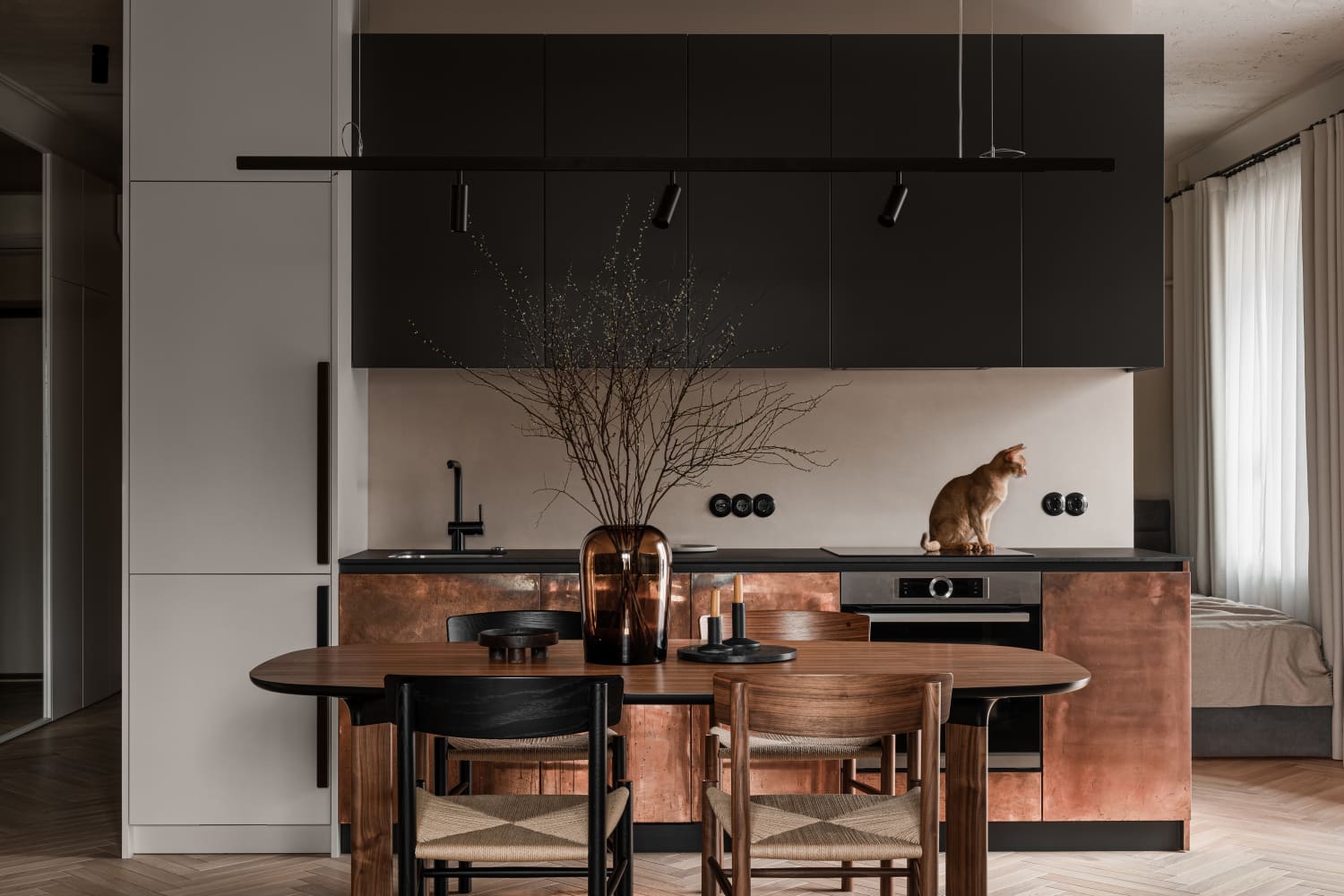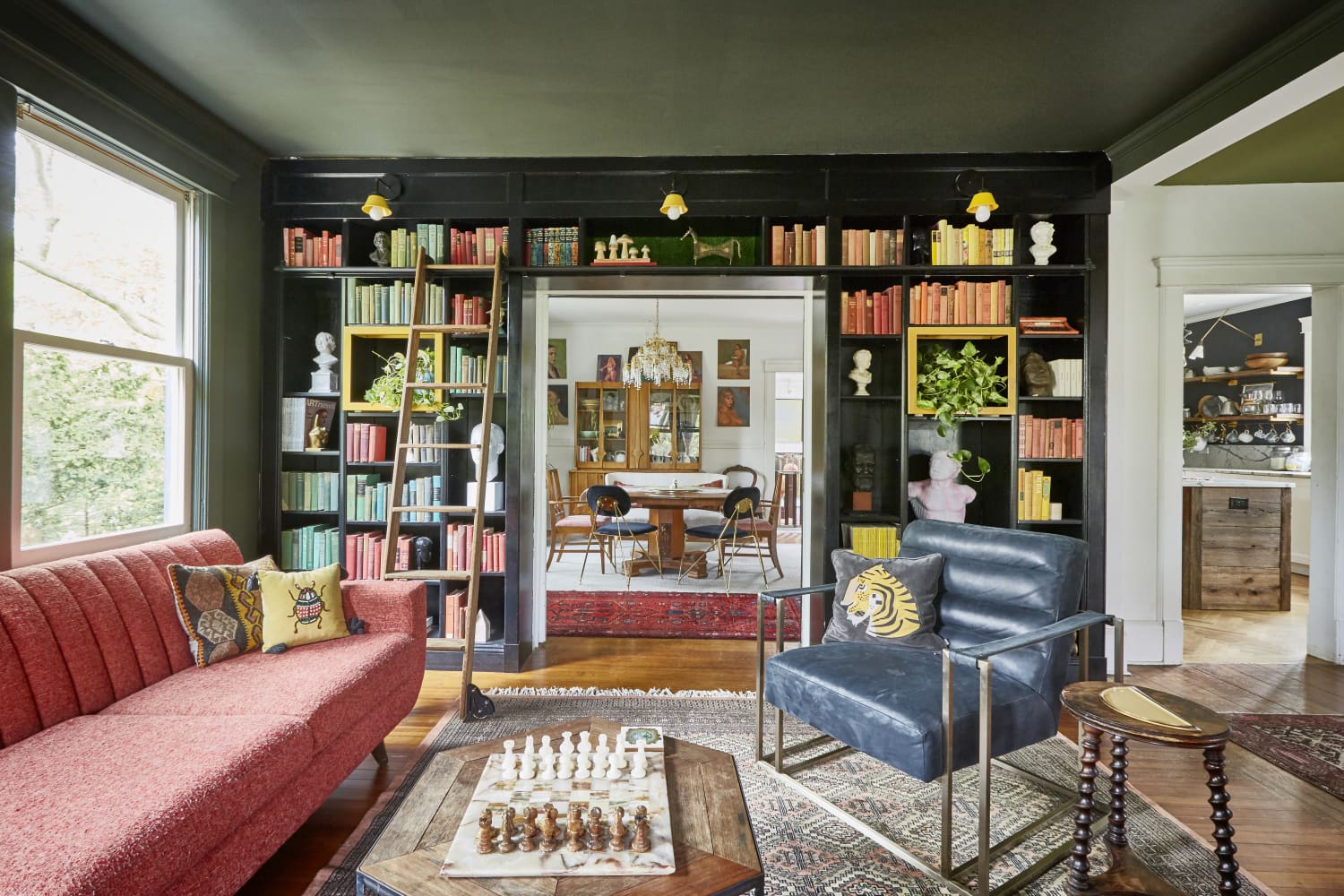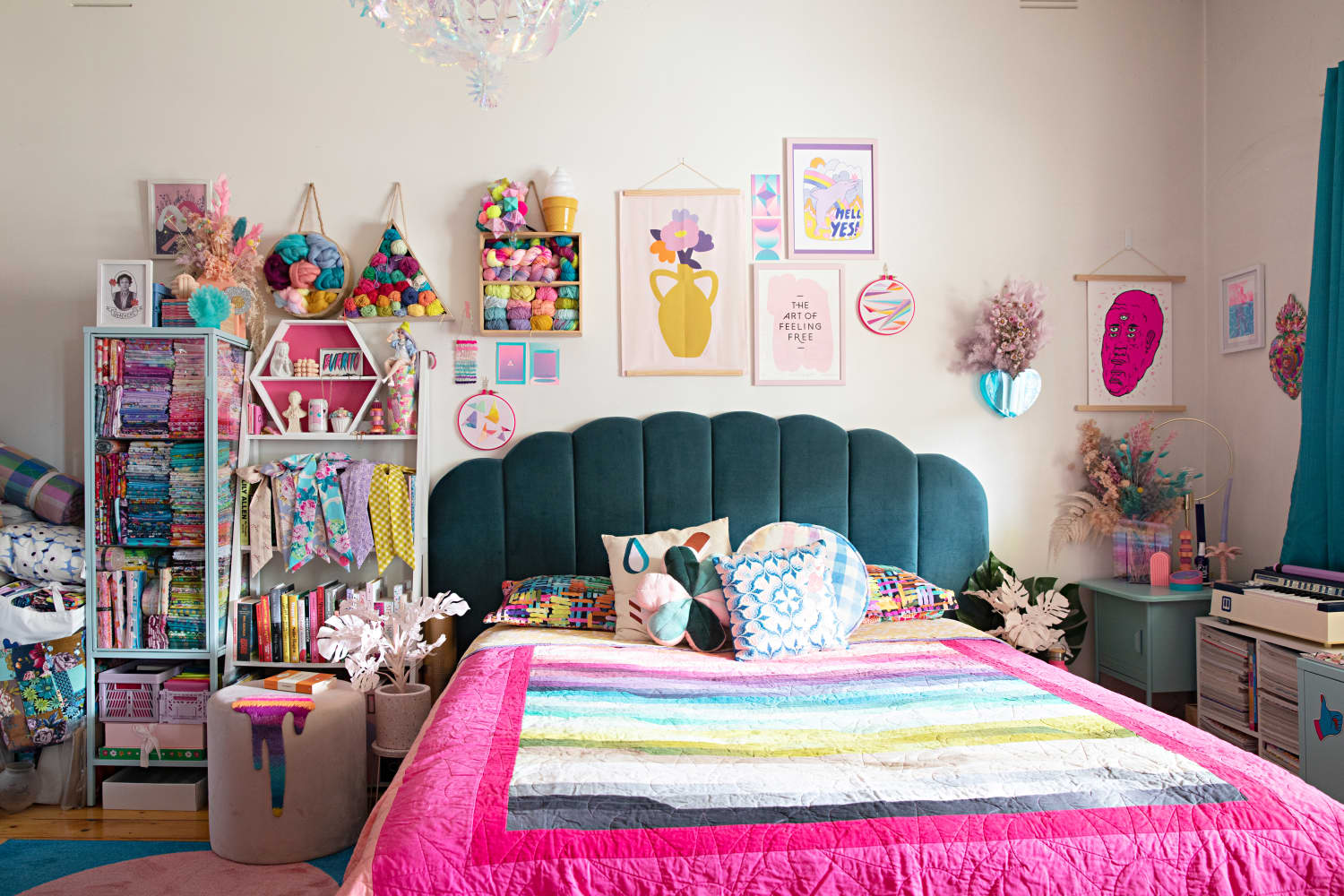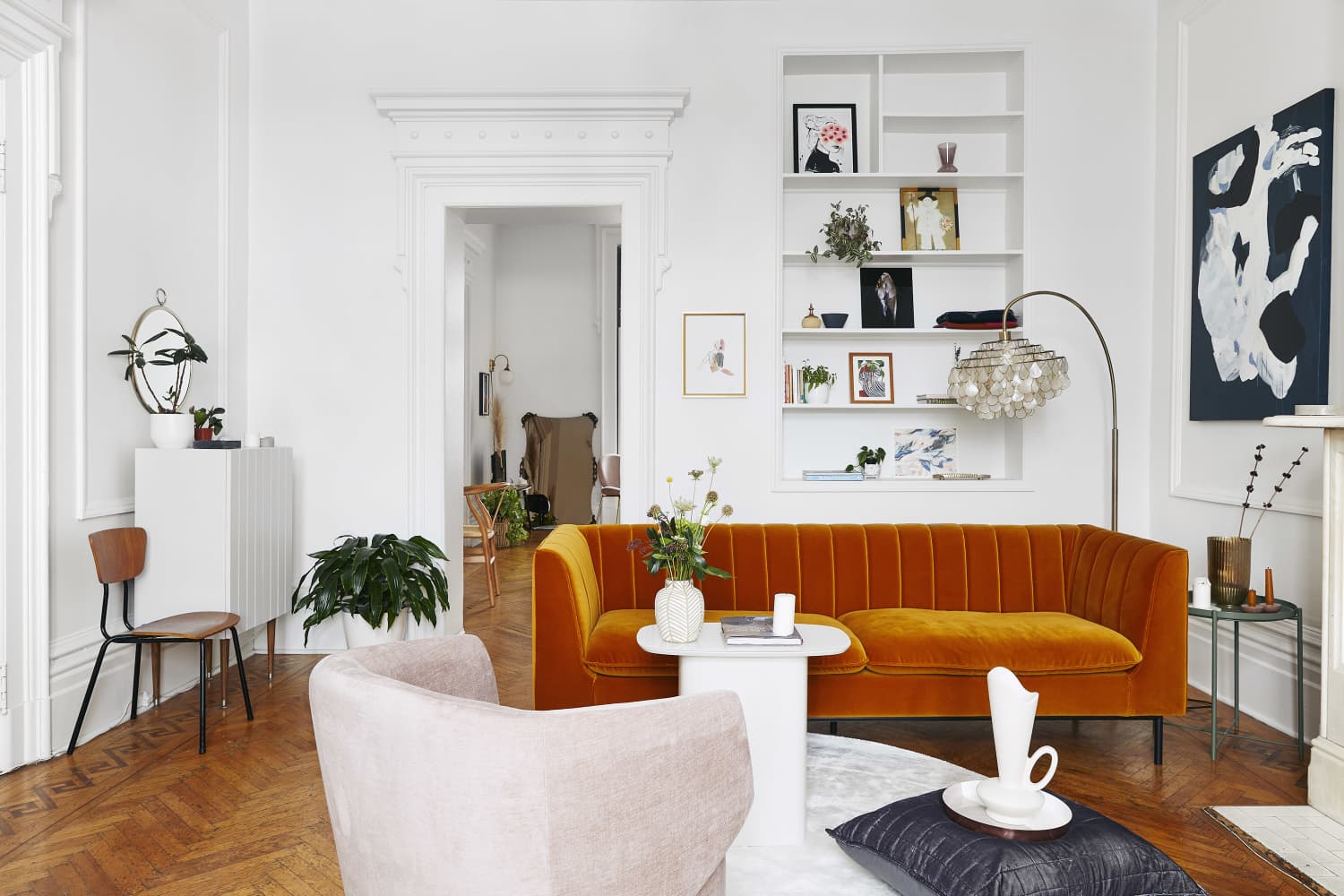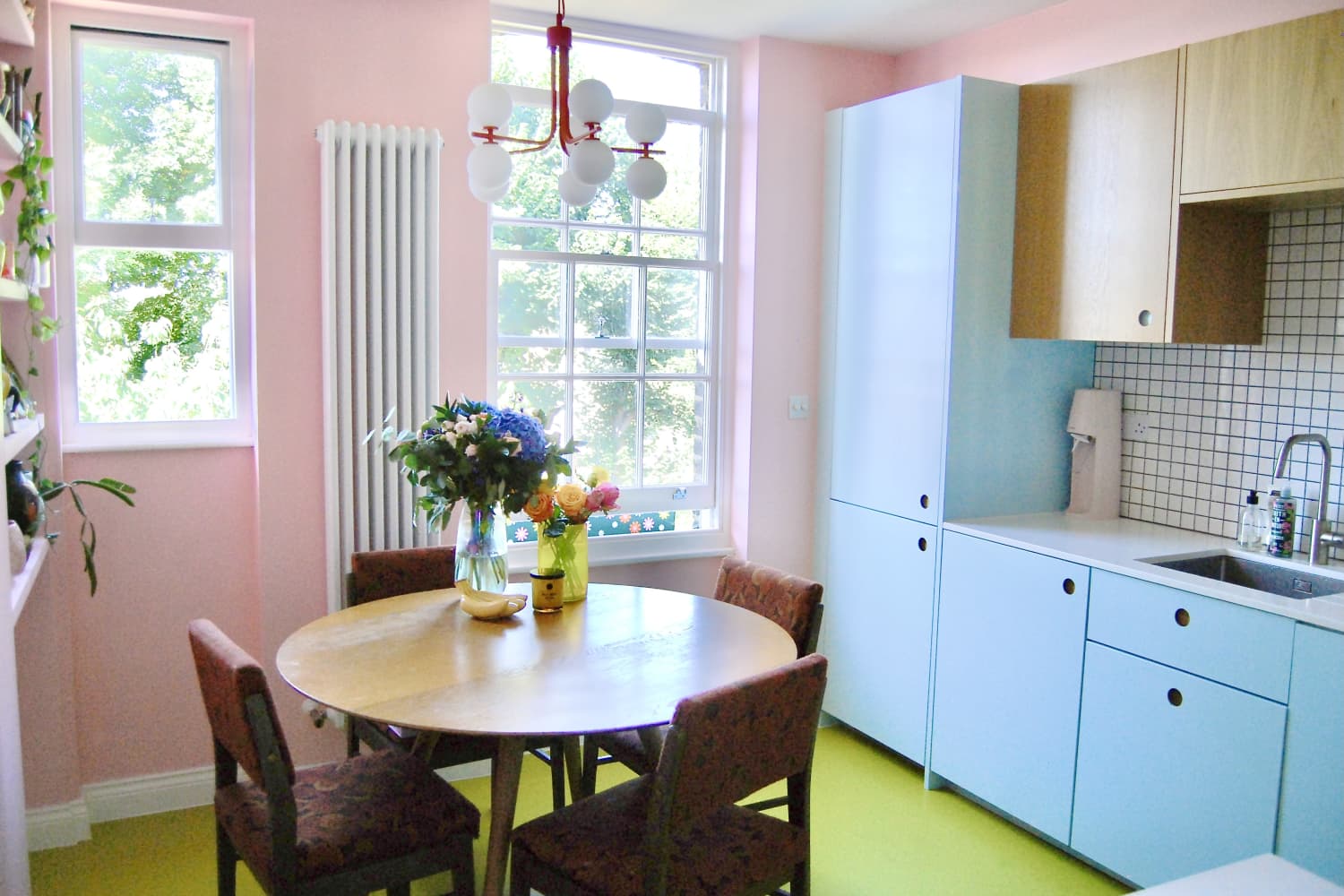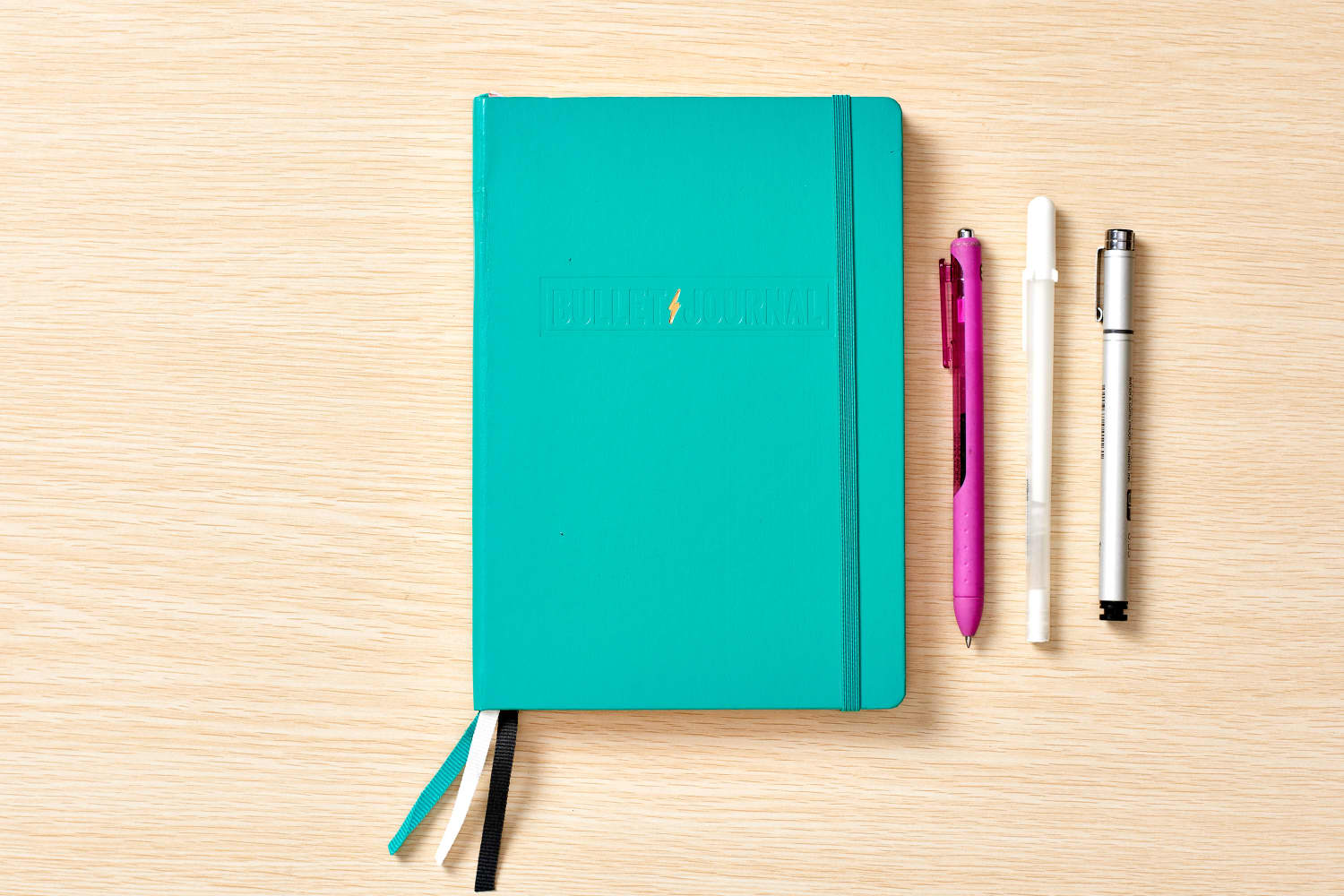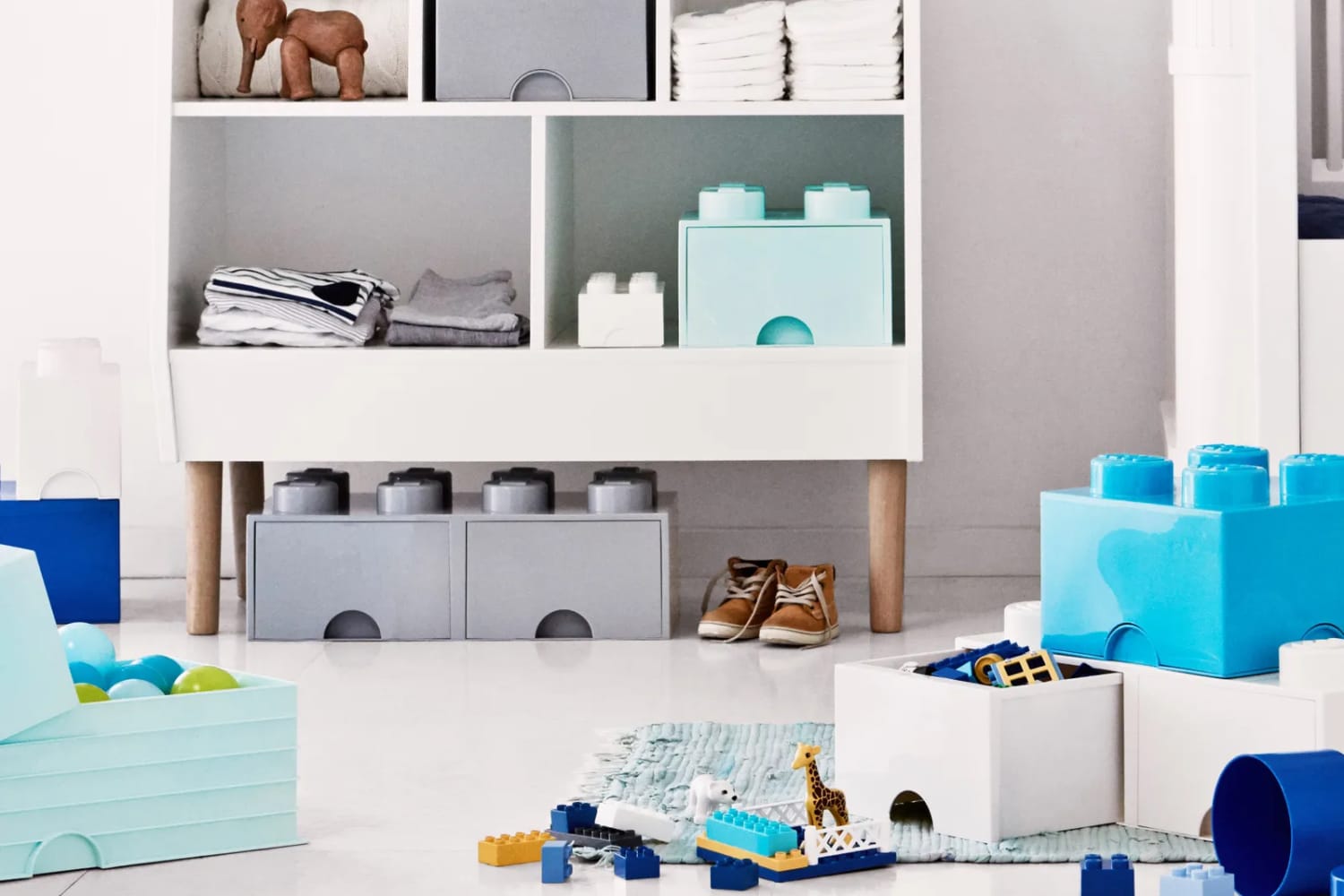Carrie Underwood’s Washer and Dryer Is Tucked Away in the Most Genius Spot
In the 18 years since she debuted, Carrie Underwood has produced nine studio albums, one greatest hits album, and 29 number-one hit singles. As if those aren’t enough, she’s now giving closet hacks, too. In an Instagram post from June 2020, the American Idol winner shared a photo of herself in a bikini from her … Read more


